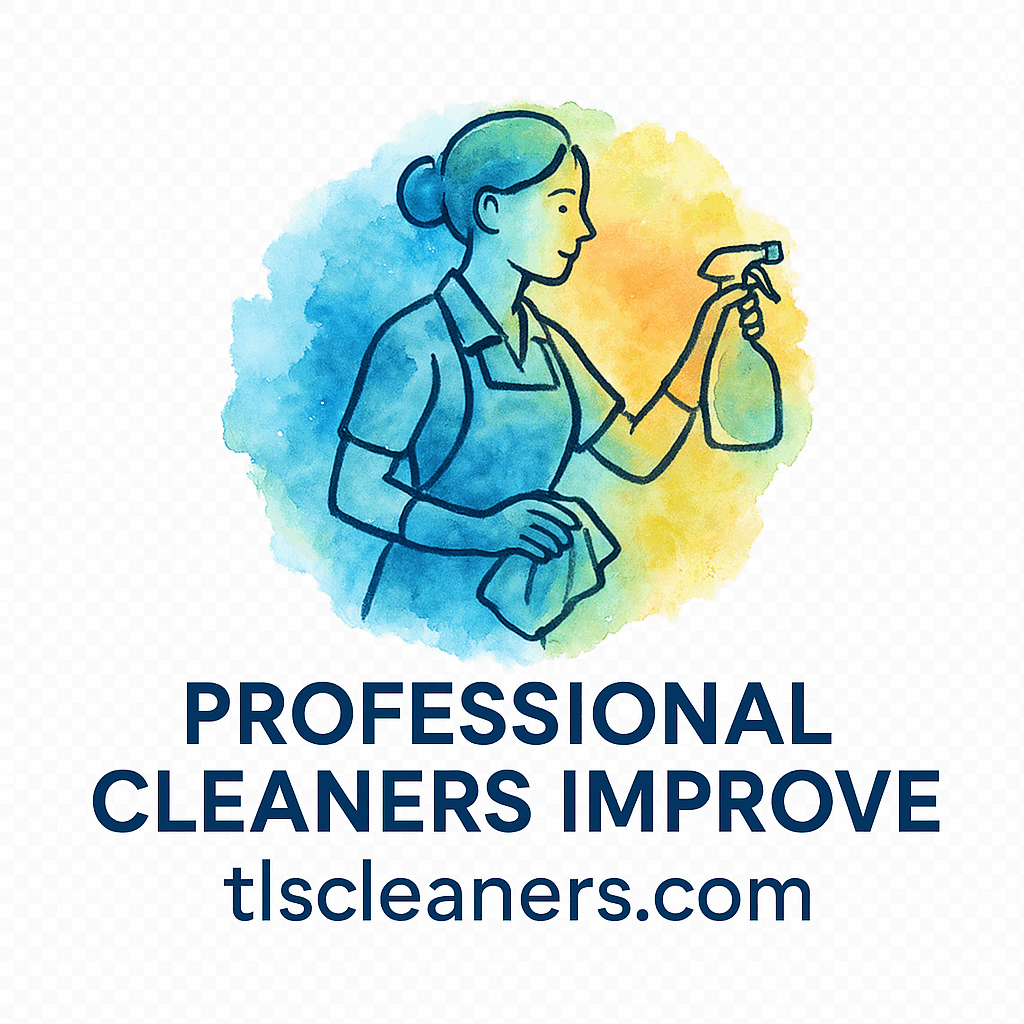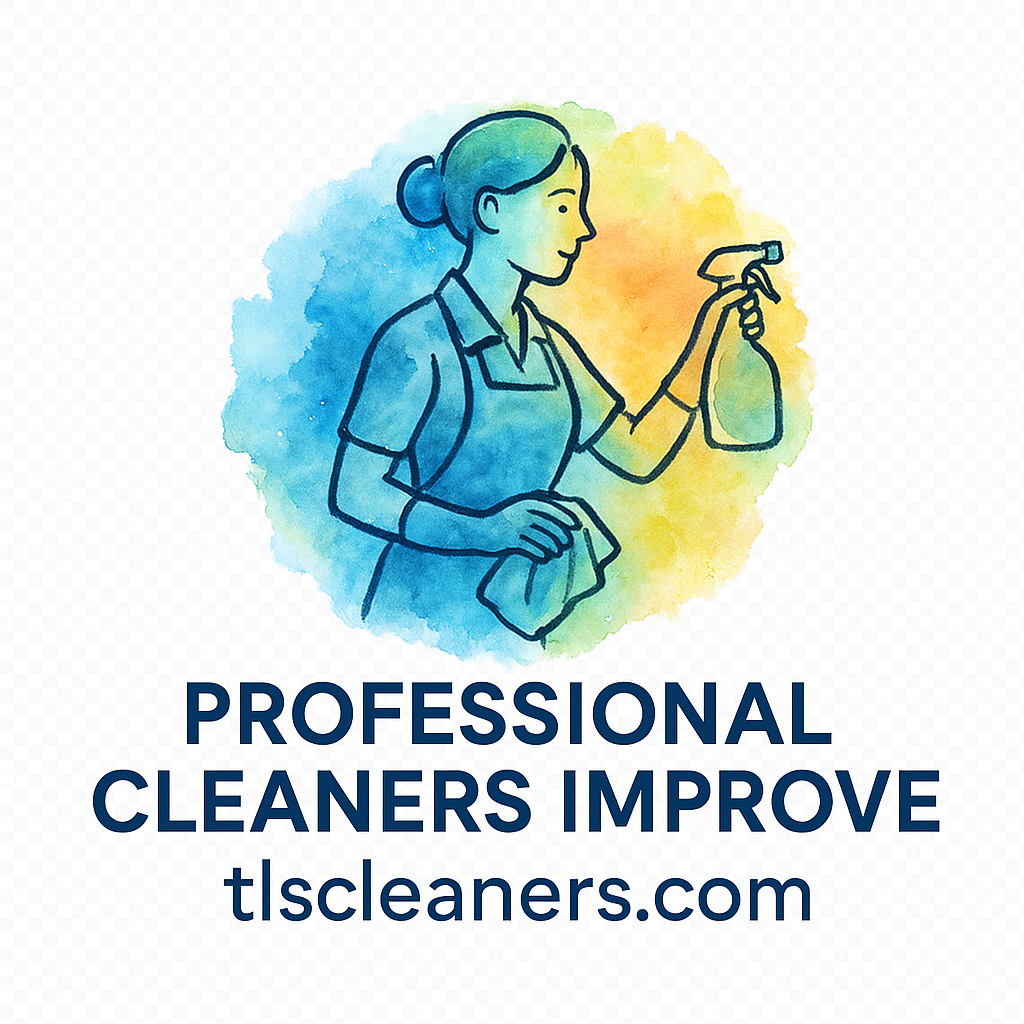Creating a healthy home environment is something we all care about—but for those who are more sensitive to allergens, the stakes are even higher. Dust, mold, pollen, pet dander, and harsh chemical residue can make daily life uncomfortable, especially if allergies are already a challenge. The good news? Adopting smart eco-friendly practices can dramatically reduce indoor allergens while keeping your living space clean, fresh, and safe.
In this guide, we’ll explore seven powerful eco-friendly practices specifically tailored for allergy-prone homes, so you can breathe easier, feel better, and enjoy a healthier home environment.
Understanding Allergies in the Home
Common Indoor Allergens
Indoor allergens are often invisible but persistent. These include:
- Dust mites
- Mold spores
- Pollen
- Pet dander
- Chemical fumes from cleaners and synthetic materials
When these contaminants accumulate, they can trigger sneezing, headaches, itchy eyes, and aggravated respiratory issues.
How Indoor Air Quality Affects Allergies
The air inside your home can be 2 to 5 times more polluted than outdoor air. Poor ventilation, harsh chemical cleaners, and synthetic materials all contribute to worsening allergy symptoms. This is one of the biggest reasons eco-friendly practices make such a noticeable difference.
Why Eco-Friendly Practices Matter
Health Benefits
Using eco-friendly practices reduces chemical exposure, improves air quality, and lowers respiratory irritation. This helps adults, children, and especially pets.
Explore more health-focused cleaning strategies at:
https://tlscleaners.com/tag/home-health
Environmental Benefits
Eco-friendly living means supporting sustainability, reducing waste, and keeping harmful chemicals out of the environment. Your home benefits—and so does the planet.
Practice #1: Choose Natural Cleaning Products
Benefits of Green Cleaners
Many popular cleaning products contain fragrances, dyes, bleach, and ammonia—all of which can trigger allergic reactions. Switching to eco-friendly practices in cleaning helps reduce toxicity and supports long-term respiratory health.
Visit: https://tlscleaners.com/eco-friendly-cleaning
Eco-Friendly Alternatives
Try:
- Vinegar + Baking Soda for surface cleaning
- Castile Soap for dishes and floors
- Essential Oils for fresh scents (but avoid strong ones if scent-sensitive)
See DIY tips at:
https://tlscleaners.com/cleaning-tips-diy
Where to Find Trusted Eco-Cleaning Help
If you want professional help maintaining a safe, allergen-reduced home, choose specialists:
https://tlscleaners.com/residential-cleaning
https://tlscleaners.com/specialty-cleaning
Practice #2: Improve Indoor Air Circulation
Ventilation Tips
- Open windows daily when pollen counts are low.
- Use bathroom and kitchen vents to reduce moisture.
- Avoid over-humidifying—50% humidity is ideal.
Best Air Purifiers for Allergy-Prone Homes
Look for HEPA filters, which trap 99% of allergen particles.
Practice #3: Use Hypoallergenic Bedding and Fabrics
Choosing Materials
Cotton, linen, and bamboo fabrics resist dust mites and trap less dander.
Proper Washing Routines
Wash bedding weekly in hot water (130°F +) to eliminate allergens.

Practice #4: Maintain a Regular Cleaning Schedule
A clean home is an allergy-friendly home. But consistency matters more than intensity.
Daily Cleaning Routines
Focus on:
- Dusting surfaces
- Sweeping or vacuuming
- Changing air filters regularly
Professional Cleaning Support
Deep cleaning is essential, especially for carpets and upholstery.
Explore: https://tlscleaners.com/commercial-cleaning
And home-specific services: https://tlscleaners.com/residential-cleaning
Practice #5: Reduce Dust and Clutter
Decluttering Tips
The more objects in a room, the more dust collects.
Think “clean, breathable spaces” — less is more.
Dust-Reducing Habits
- Use microfiber cloths
- Vacuum with a HEPA-filter vacuum
- Wash curtains and soft décor monthly
More insights: https://tlscleaners.com/tag/overlooked-spots
Practice #6: Switch to Eco-Friendly Flooring and Furniture
VOC-Free Materials
Volatile Organic Compounds (VOCs) are chemicals released from synthetic flooring, paints, and furniture. They irritate allergies fast.
Look for terms like:
- Low-VOC Paint
- Organic Cotton Upholstery
- Solid Wood Furniture
Allergy-Safe Furniture Options
Avoid plush textures that trap dust; choose easy-to-clean surfaces.
Practice #7: Introduce Indoor Plants for Cleaner Air
Plants help filter toxins and produce fresh oxygen.
Best Allergy-Friendly Plants
- Areca Palm
- Spider Plant
- Peace Lily (great for toxin removal)
Plant Care Tip
Don’t overwater—damp soil encourages mold growth.
See natural freshening ideas: https://tlscleaners.com/tag/fresh-scents
Conclusion
Allergy-prone homes don’t have to be stressful or difficult to maintain. By adopting these eco-friendly practices, you create a healthier environment that supports better breathing, improved comfort, and greater overall well-being. Small, consistent changes—like swapping cleaners, improving airflow, and choosing natural materials—add up to a truly allergy-safe home.
Cleaner air. Happier lungs. Healthier home.
FAQs
1. Are eco-friendly cleaning products really effective?
Yes—they clean without leaving toxic residue behind, which is ideal for allergy-prone homes.
2. How often should I deep-clean my home if I have allergies?
At least once every 4–6 weeks to keep allergens under control.
3. Are houseplants safe for allergy sufferers?
Yes, but choose low-pollen, low-mold species and avoid overwatering.
4. What fabrics are best for allergy-sensitive bedding?
Cotton, bamboo, and linen are top hypoallergenic choices.
5. Can carpet worsen allergies?
Yes—carpets trap dust and dander. If possible, switch to hard flooring.
6. Do HEPA vacuums make a difference?
Absolutely. They trap fine allergen particles regular vacuums release back into the air.
7. Is hiring professional cleaners worth it?
Yes, especially if they use eco-friendly practices and hypoallergenic products.

